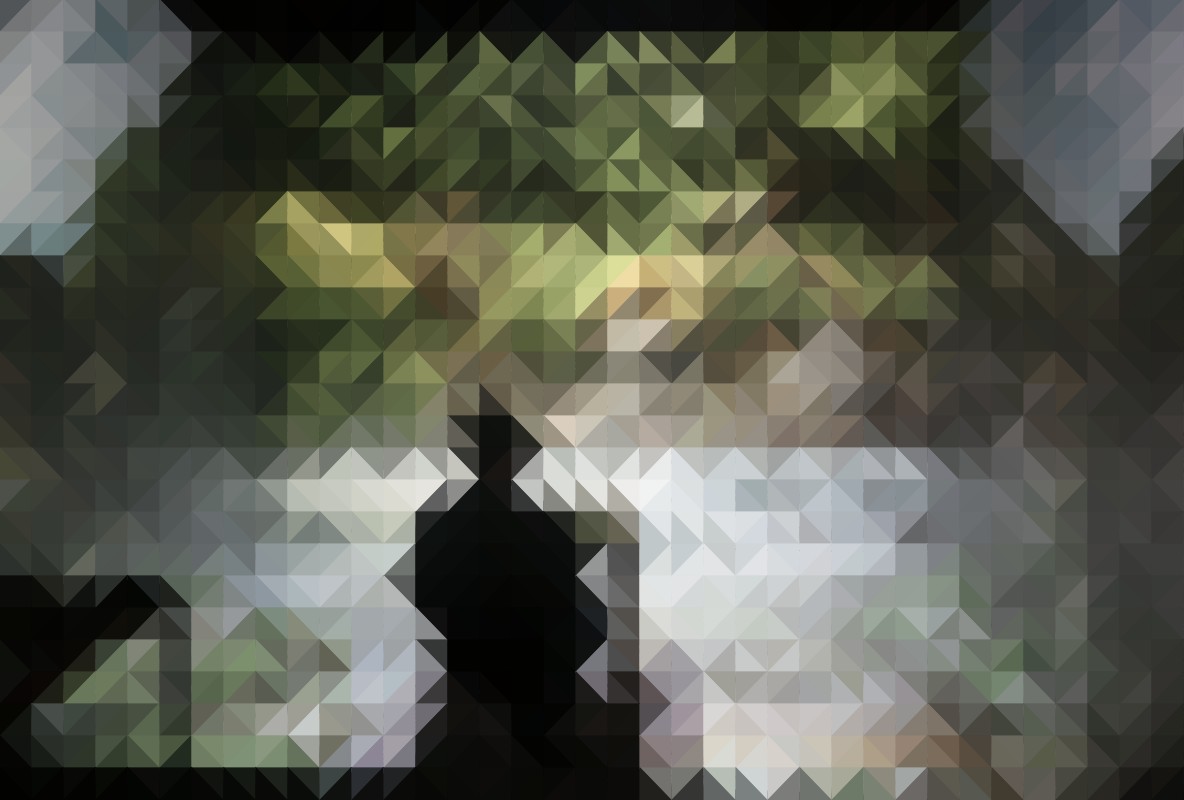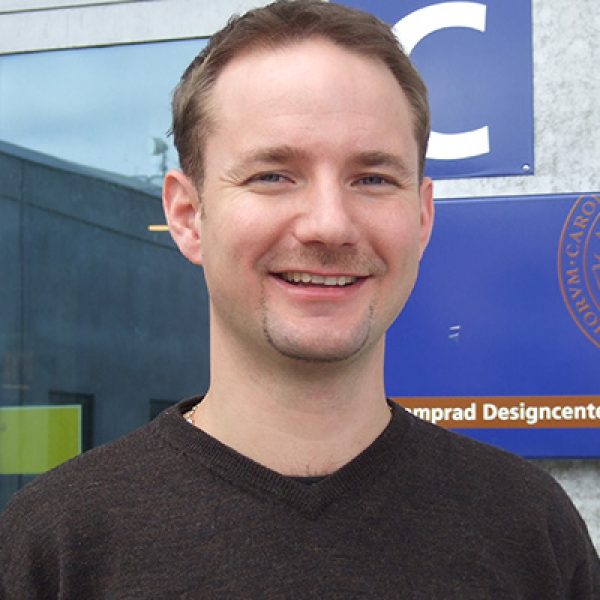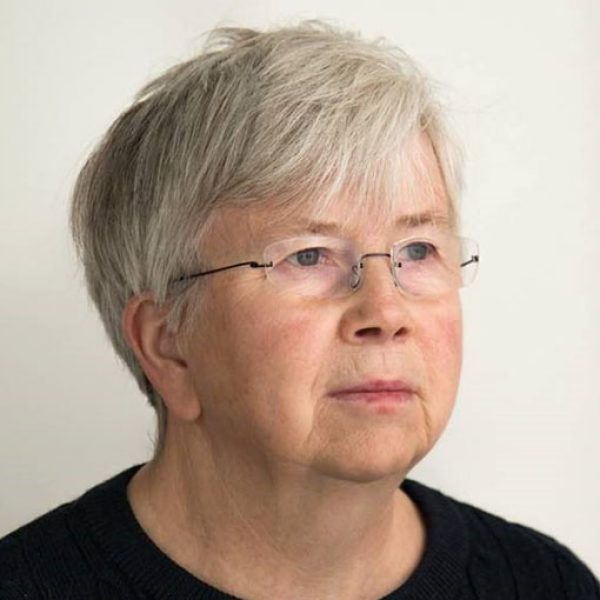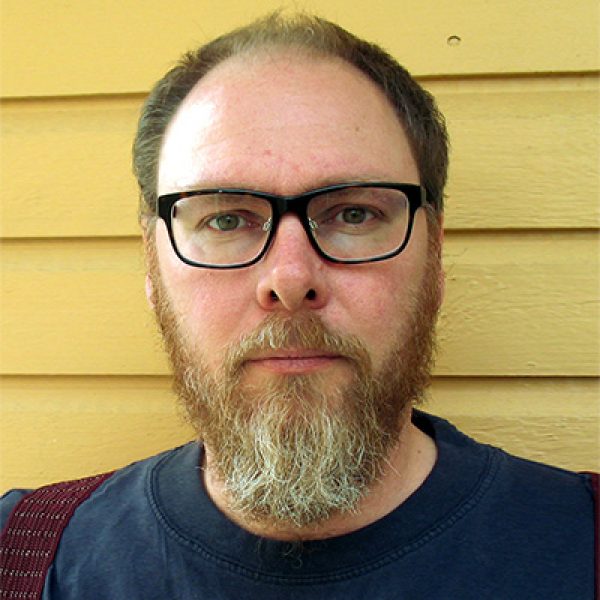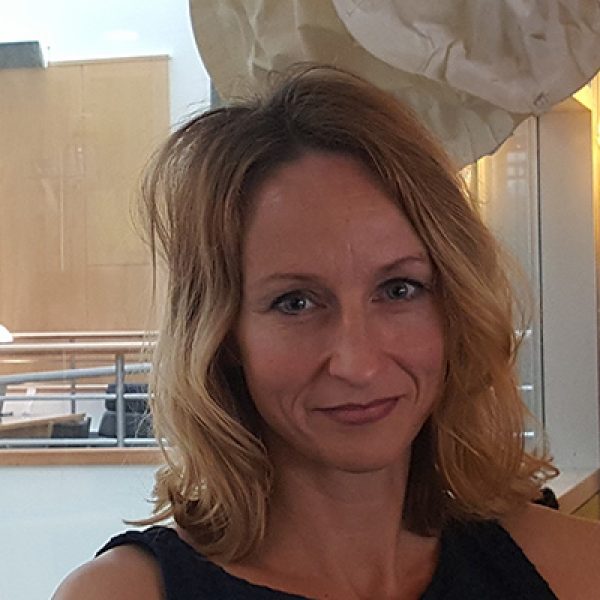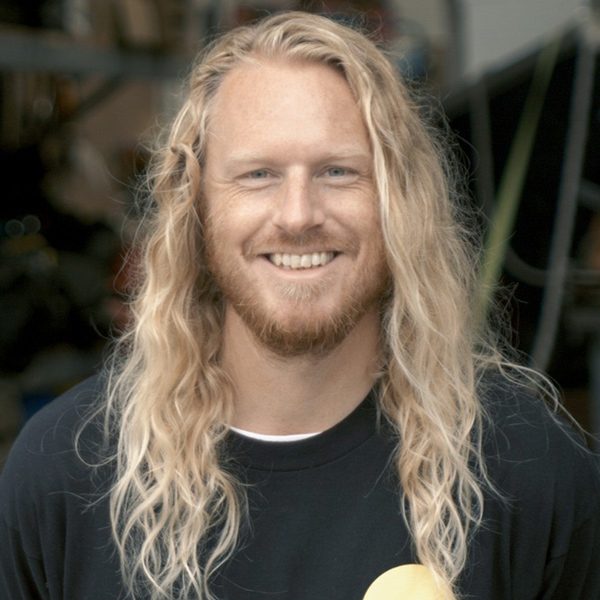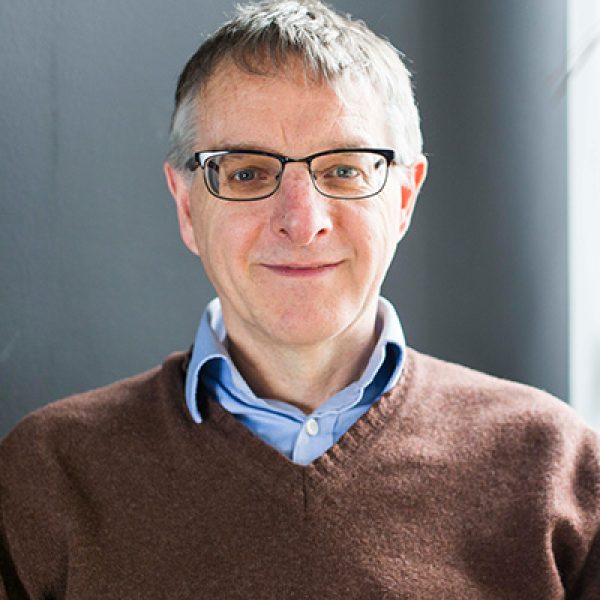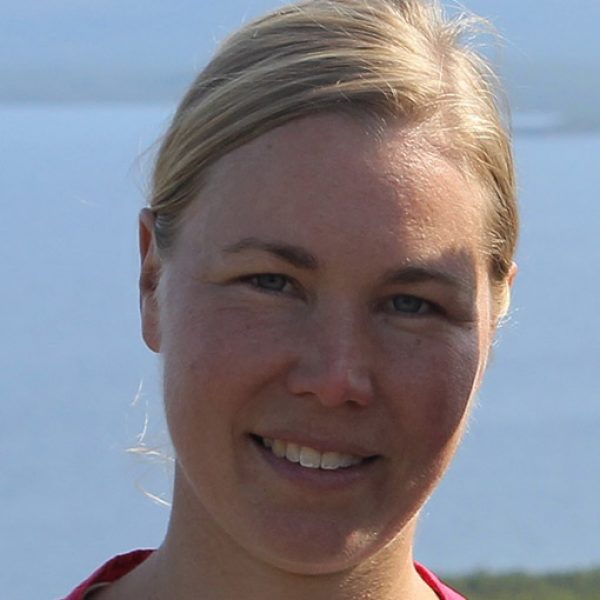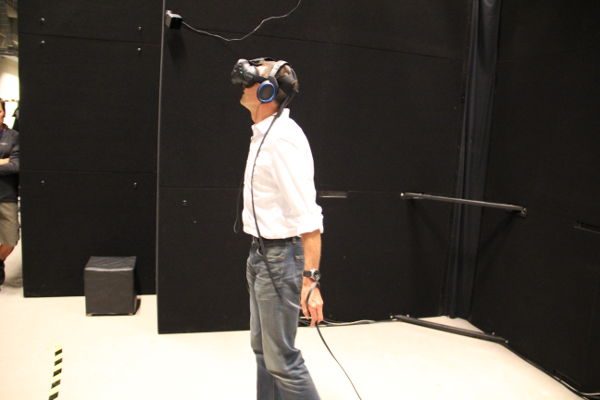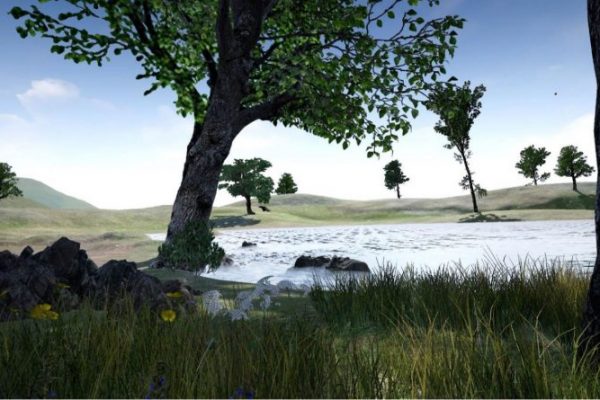Introduction
A substantial body of evidence now shows that exposure to natural environments is linked with better health.
Nature in the physical world is preferable, but for those individuals with mobility constraints and not able to access natural environments, the team is investigating whether virtual nature may be a suitable alternative.
Lund University (ULUND), in collaboration with the University of Exeter (UNEXE) and Estonian University of Life Science (EMU), have investigated whether virtual natural environments (VNEs) can provide long-lasting positive health effects for older people living in care homes.
Based upon EMU’s extensive knowledge of how to design blue environments, the UNEXE team has created a series of 360 films, and ULUND a computer generated natural environment. Together the teams have come up with two systematic reviews, three laboratory experiments, a pilot intervention study and two longitudinal interventions.
Unfortunately, the two longitudinal studies were still in progress when the coronavirus pandemic broke out, and they couldn’t be completed as planned.
Methodology
Lund University in Sweden has created a virtual island (VR Island), an interactive environment with a forest and beach, using 3D modelling and VR programming techniques based on computer graphics.
The virtual island is explored using the latest HTC Vive virtual reality headset, a technology with a high degree of autonomy and visual fidelity. This real-time VR allows users to walk around and interact with the environment at will. You can, for example, pick apples from an apple tree and follow the stairs up to the top of the lighthouse to look at the view.
In order to meet the users’ needs and wishes, VR Island has been continuously developed and updated as the research studies progress. First together with healthy older people, and then with those living at care homes. As an example, the speed with which the participants move, and the acceleration and the deceleration have been adjusted to avoid dizziness and nausea. To increase the perception of being in a physical world new objects, based upon suggestions by participants, have also continuously been added. This close interaction with the participants created a sense that they were part of the development process.
In the final Swedish longitudinal intervention, planned to last for six months, eight older people living at a care home participated in a so-called ‘VR coffee’ once a week. VR coffee is a social group activity where you drink coffee and experience virtual reality. One at a time the participants puts on the VR-helmet and enters the virtual nature, while the others in the room can follow his or her experiences via a big screen.
To determine any health effects during the study, both quantitative and qualitative measurements were used. The measurements included heart rate variability and blood pressure for the purpose of examining parasympathetic and sympathetic activity; hair cortisol levels to evaluate long-term stress; observations, mood and health status questionnaires, and medication patterns and sleep/activity measurements to find out if virtual nature can help improve sleep and reduce the need for medication.
Due to the coronavirus pandemic, this last study could not be completed and it will not be possible to evaluate some of the analytical methods because it will not be possible to obtain the final and comparative measurement value. We are currently analysing the data we could collect.
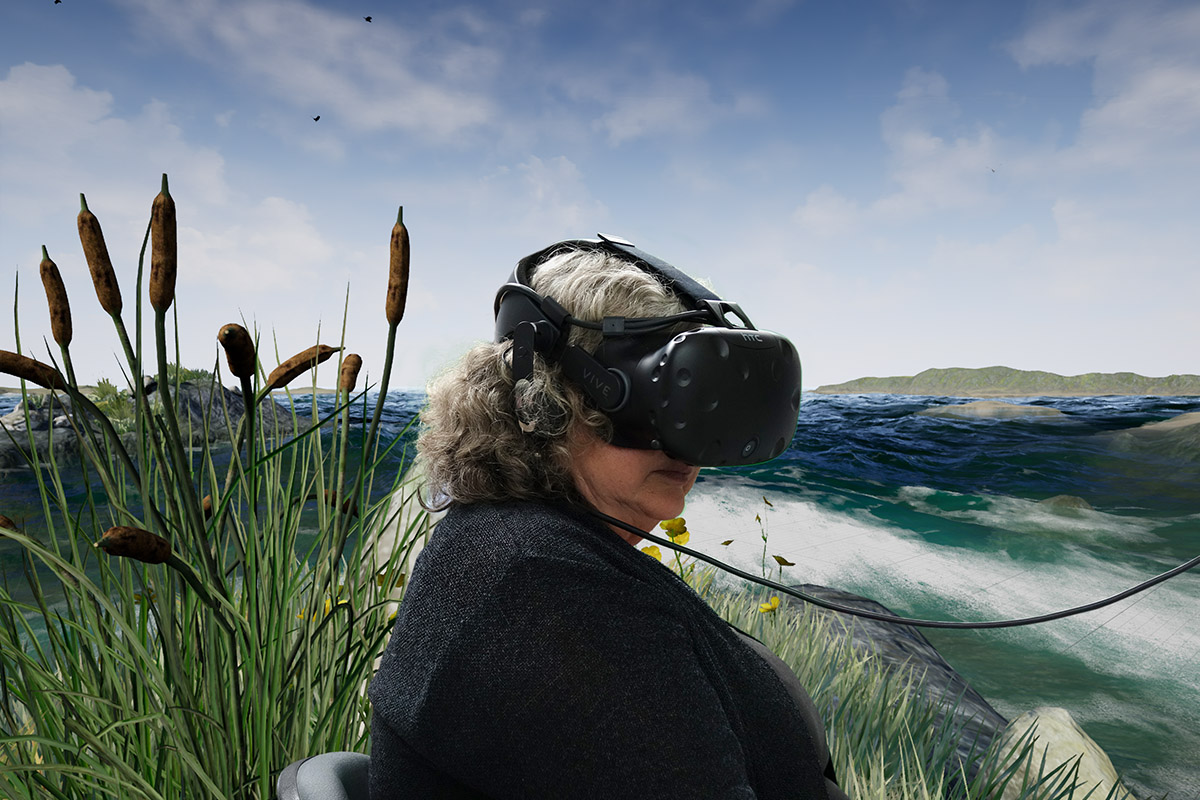
Users can experience different blue environment when wearing the headset.
Results
We have found that VNEs is a promising health intervention for those who have limited access to nature. In order to achieve sustainable health interventions, a number of factors have been noted.
Organizing the VR moment as a social group activity leads participants to start talking to each other about their VR experiences, but also about their earlier life experiences. Due to the big screen showing what the person wearing the VR helmet looks at, a conversation takes place both during and after the VR experience.
For the user to feel secure when wearing the VR helmet, an attentive person is required to assist. This also contributes to the fact that the, often very lonely, older people receive increased social interaction. Many of the participants had a great need to talk and the shared moments were appreciated by them.
A flexible VNE is required in order to meet individual needs.
Some of the participants were happy with just sitting at the beach listening to the waves and reminiscing about their lives. Others wanted to walk around the meadow looking at the trees and flowers, while some of the participants asked for new experiences every week. With an interactive VR experience, the range of possibilities can be expanded compared to a passive one, allowing more users to appreciate the same virtual world.
In some cases, however, we could see that a passive virtual nature experience suited better than an interactive one. Participants who did not have the opportunity to interact due to loss of mobility could feel more limited in the interactive environment than in the passive one. Individual adaptation of both passive and interactive VR is therefore preferred.
The attitude of the staff and their knowledge of VR is crucial to how older people adopt this relatively new type of technology. The more committed the staff, the better the atmosphere in the group.
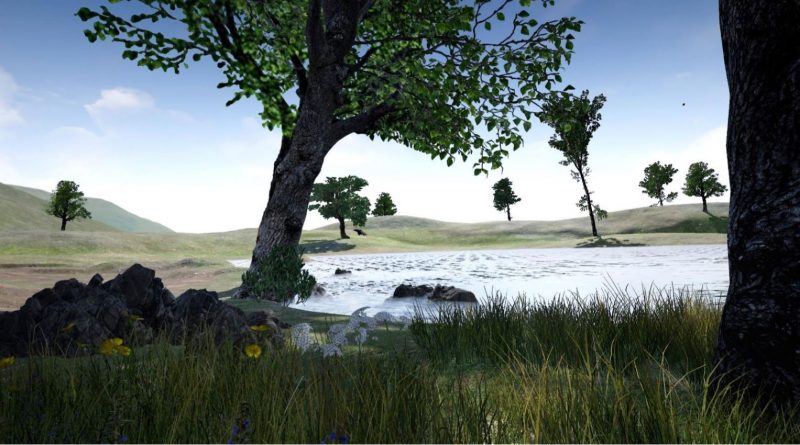
An example of a tranquil virtual BlueHealth environment.
Summary
VNEs are being investigated in order to see if this technique can be a suitable alternative for those individuals unable to visit nature, for example, older people living at care homes.
Through observations so far, virtual nature seems to be a promising positive health intervention for this group of people.
The final longitudinal study was recently discontinued due to the coronavirus pandemic and we are now analysing the data collected.

